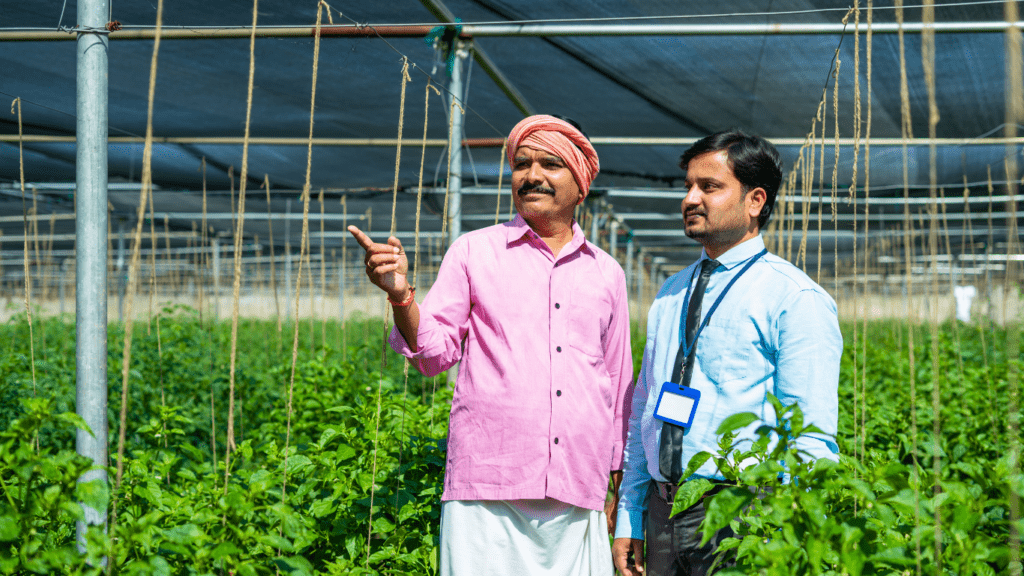In the realm of cryptocurrency investments, exploring the avenues of staking and yield farming has become increasingly popular. As an investor navigating the dynamic landscape of decentralized finance, understanding the nuances of staking versus yield farming is crucial for maximizing profitability.
When considering the question of which method reigns supreme in terms of profitability, factors such as risk tolerance, market conditions, and investment goals play a pivotal role. As I delve into the comparison between staking and yield farming, I’ll shed light on the potential returns, associated risks, and key considerations that can help you make informed decisions in this ever-evolving space.
Join me on this insightful journey as we unravel the intricacies of staking and yield farming, aiming to decipher which strategy aligns best with your financial objectives and risk appetite.
Understanding Staking and Yield Farming
What Is Staking?
Staking is a process where I participate in the network by actively holding funds to support the blockchain. In return for my contribution, I earn rewards in the form of additional tokens. These rewards are calculated based on the amount of cryptocurrency I stake and the duration of my participation. Staking helps secure the network while offering me a way to earn passive income by simply holding onto my digital assets.
What Is Yield Farming?
Yield farming, on the other hand, is a more active strategy where I engage in various DeFi protocols to maximize my returns. It involves lending or providing liquidity to earn high yields or additional tokens as rewards. By moving my funds between different protocols that offer the best returns, I can optimize my profits. However, yield farming typically carries higher risks compared to staking due to the complexity of managing different protocols and the potential for impermanent losses.
Key Differences Between Staking and Yield Farming
When comparing staking with yield farming, it’s essential to consider the risk factors and profitability potential associated with each strategy. Let’s delve into the key distinctions between these two popular decentralized finance methodologies to better understand their nuances.
- Risk Factors
In staking, the primary risk lies in the volatility of the token being staked, as its value can fluctuate, impacting potential rewards. On the other hand, yield farming involves higher risks due to exposure to multiple DeFi protocols simultaneously, increasing vulnerability to smart contract bugs or impermanent losses. Understanding and managing these risks are crucial in determining the suitability of each approach based on one’s risk appetite and investment horizon. - Profitability Potential
Staking offers a more stable and predictable source of income through token rewards, typically based on the amount staked and the network’s performance. In contrast, yield farming has the potential for higher returns but comes with increased complexity and uncertainties, as yields are influenced by market conditions, protocol changes, and impermanent losses. Evaluating the profitability potential of staking versus yield farming requires a keen assessment of risk-reward trade-offs and a grasp of market dynamics to optimize returns in the ever-evolving DeFi landscape.
Factors Influencing Profitability

In considering the profitability of staking versus yield farming, several key factors play a crucial role. Understanding these factors is essential for making informed decisions in the dynamic world of decentralized finance.
Market Conditions
In the realm of staking and yield farming, market conditions play a significant role in determining profitability. The volatility of cryptocurrency prices can impact the returns generated from both strategies. When market conditions are favorable, yields from yield farming may outperform staking rewards due to the higher-risk nature of yield farming. On the other hand, during market downturns, staking may offer a more stable source of income compared to the fluctuating returns of yield farming.
Token Selection
The choice of tokens for staking or yield farming is a critical factor in determining profitability. Different tokens have varying reward structures, lock-up periods, and risks associated with them. Opting for tokens with strong fundamentals and utility in the decentralized ecosystem can enhance the profitability of both staking and yield farming activities. Conducting thorough research and due diligence on the selected tokens is vital to maximize returns and mitigate potential risks.
Duration of Investment
The duration of investment plays a crucial role in the profitability of staking and yield farming strategies. Staking typically involves locking up funds for a specified period to earn rewards, with longer lock-up periods often resulting in higher returns. In contrast, yield farming allows for more flexibility in terms of investment duration but may require active monitoring and rebalancing of assets to optimize returns. Understanding the trade-offs between short-term gains and long-term profitability is essential in determining the ideal investment duration based on individual financial goals and risk appetite.
Case Studies: Success Stories and Pitfalls
Notable Staking Successes
In reviewing notable staking successes, it’s evident that some projects have shown remarkable growth and profitability. For instance, Project A staked their tokens early on and saw a substantial increase in their holdings due to consistent rewards and a rising token value. Staking not only provided them with regular income but also contributed to long-term wealth accumulation. Project B is another prime example where staking helped mitigate market volatility, ensuring steady returns despite fluctuations. These success stories underscore the reliability and potential profitability of staking when approached strategically.
Prominent Yield Farming Wins
Exploring prominent yield farming wins reveals instances where investors have reaped significant rewards through this dynamic strategy. For example, Investor X actively participated in yield farming pools with high APYs and carefully selected projects, resulting in substantial profits within a short period. By leveraging different DeFi protocols and optimizing yield farming strategies, Investor X maximized their earnings and capitalized on the fast-paced nature of the market. Similarly, Investor Y’s diversified approach to yield farming across multiple platforms enabled them to spread risks effectively while capturing lucrative opportunities. These success stories demonstrate the potential for substantial gains through informed decision-making and proactive engagement in yield farming activities.


